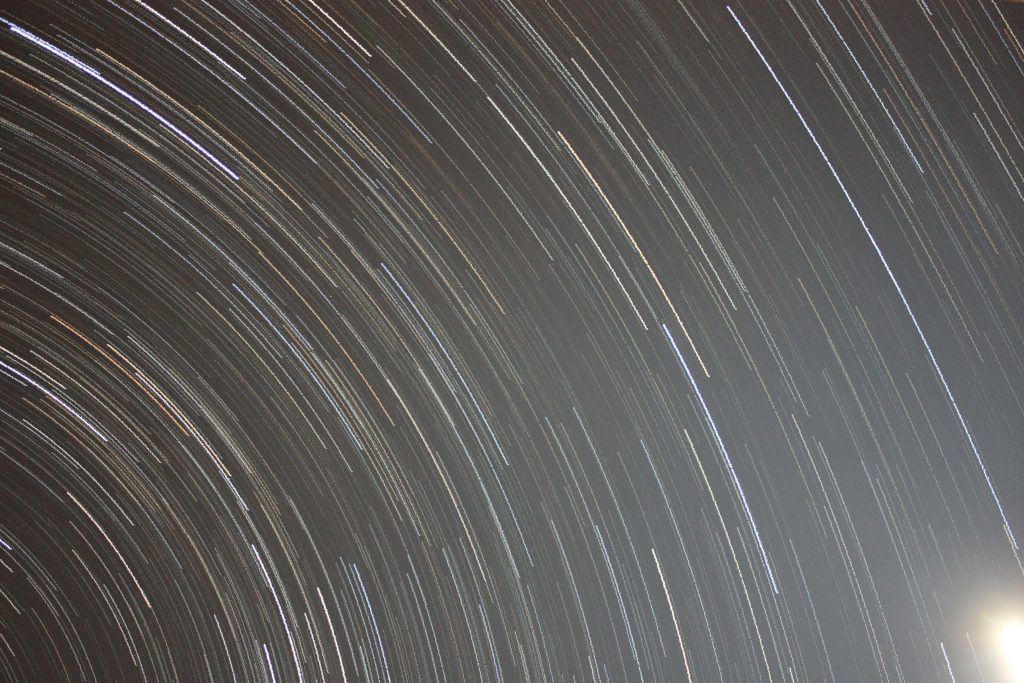
The average person looks for messages written in the stars, but when you’re a ham with next-level radio skills you bounce radio signals off of meteors to get your message from point A to B.
Sounds completely zany, but it’s a very real amateur radio skill and one that novices and Elmers can both enjoy from August 11-13 during the 14th annual MMMonVHF/DUBUS 144 MHz Meteorscatter Sprint Contest. The contest will take place around the maximum of the Perseid meteor shower (that began on July 14) that’s expected to occur on August 12 between the hours of 19:00 GMT and 22:00 GMT—and trust us, it’s going to be a spectacular show.
While most meteor showers produce only a smattering of shooting stars that are visible to the human eye, the Perseid shower delivers a standout performance with 60-150 meteors burning up the night sky most years. The meteor display is fittingly named after the constellation Perseus, from which the meteors appear to radiate. The shower occurs annually when the Earth passes through the trail of cosmic debris left by 109P/Swift-Tuttle—a comet that will not reappear to the inner solar system until 2125. Viewing this year will be ideal with a dim waxing crescent moon that’s expected to set early to pave the way for meteor flashes and larger, brighter meteor explosions (called fireballs) that linger a little longer in the sky.
Amazing in and of itself, a meteor shower of this magnitude could only be made better by throwing in a little amateur radio fun. So how do you bounce signals off of craggy solar system rocks? When meteors from outer space enter Earth’s atmosphere, a temporary ionized trail of debris is left across the sky. Radio signals can bounce off these small, ionized trails in much the same way radio signals bounce off of the larger ionosphere around Earth. This is called meteor scatter propagation. Hams use it to signal between different amateur radio stations or to listen and record radio pings from passing meteors.
Take some time to look at the stars this August and learn a new aspect of ham radio that is sure to get just as many “oohs” and “ahhs” as the shooting stars you’ll see flitting across the night sky in all their flaming glory. 73!

